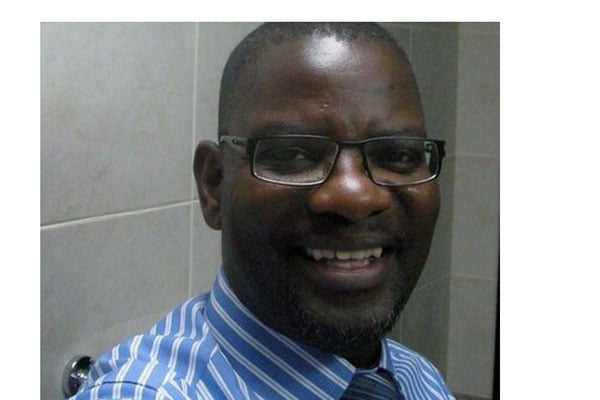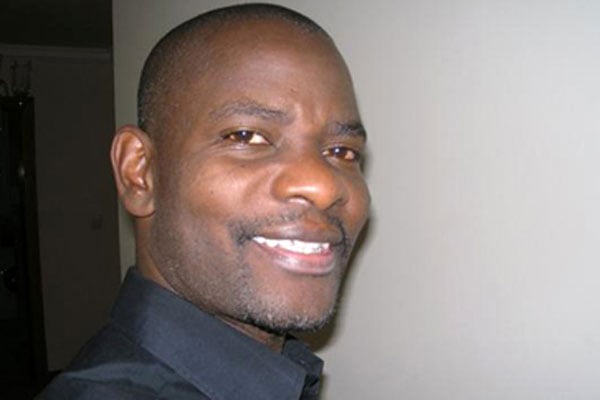Prime
Did Gen Tumwine and the 26 fighters really liberate Uganda?

Author, Musaazi Namiti. PHOTO/FILE
What you need to know:
- In fact, the rebels commandeered people’s property and recruited child soldiers who were too young to know what liberation means. If you did the same thing today, you would be charged with crimes against humanity by the International Criminal Court.
Today, I am writing this column to dispel a myth that we (Ugandans) have lived with for quite long. The myth is that Gen Elly Tumwine, who succumbed to lung cancer last week aged 68, and a group of other Ugandans, some of whom are wielding state power, liberated Uganda.
In dispelling this myth, I am only doing my job, as a journalist, of informing and educating the masses. I do not support any political party, and I have never voted. I know perfectly well that the Tumwine family is grieving, and I know that bereavement is an emotional crisis for everyone, but I care about the truth deeply — and I do not think there is anything wrong in saying what is true.
Now I begin to dispel the decades-old myth. Just put emotion aside and read on. All the violence that gripped Uganda in the early 1980s, when the current government launched an armed rebellion, was the work of two armies bent on either grabbing or keeping state power: the National Resistance Army (now UPDF) and the Uganda National Liberation Army (UNLA). The UNLA, or Obote’s soldiers as Ugandans used to call government troops, killed civilians; NRA fighters killed civilians, too.
In fact, the rebels commandeered people’s property and recruited child soldiers who were too young to know what liberation means. If you did the same thing today, you would be charged with crimes against humanity by the International Criminal Court.
Mr Museveni took up arms along with 26 other Ugandans after losing a disputed election, but every election he has won is disputed. Before 1981, when his guerrilla campaign started, he had tried to fight Idi Amin unsuccessfully.
This article focuses on his 1981–1986 armed rebellion because it brought him to power. When the rebellion started at Kabamba in February 1981, Uganda was not facing an existential threat. No country had threatened to invade and annex Uganda, as Russia annexed Crimea in 2014. Uganda at the time had 33 districts, most of which were largely peaceful save for Luweero and parts of Mpigi where NRA fighters did much of their fighting.
The real problems Uganda was facing were: instability because it was still recovering from the 1979 war, and having a president elected in a rigged election. There were pockets of insecurity, but that was only to be expected as the country had just been through war.
In the disputed election, Mr Museveni’s party, the Uganda Patriotic Movement, did not even finish a distant third. We have to ask how a party with people who were trying to liberate Uganda failed to win an election. If there were any compelling reasons to take up arms, those reasons should have been advanced by the Democratic Party because it was poised to win. But the DP’s leader at the time, Paul Ssemogerere, shunned violence and opposed the Obote government democratically.
The assumption has always been that if the NRA/NRM did not overthrow Mr Obote’s government, Uganda would have headed for a catastrophe. That is laughable. Uganda would still be Uganda — with the same problems as all developing countries have.
Gen Tumwine has been called a hero and was accorded a state funeral because he fought with other Ugandans to — as people running the government put it — liberate Uganda. But let us ask these questions: Where do liberators die and people they liberated erupt in celebrations? Why is it that our so-called liberators have to surround themselves with guns all the time to stay safe? Who did Gen Tumwine really liberate?
Mr Namiti is a journalist and former
Al Jazeera digital editor in charge of the Africa desk
[email protected] @kazbuk



